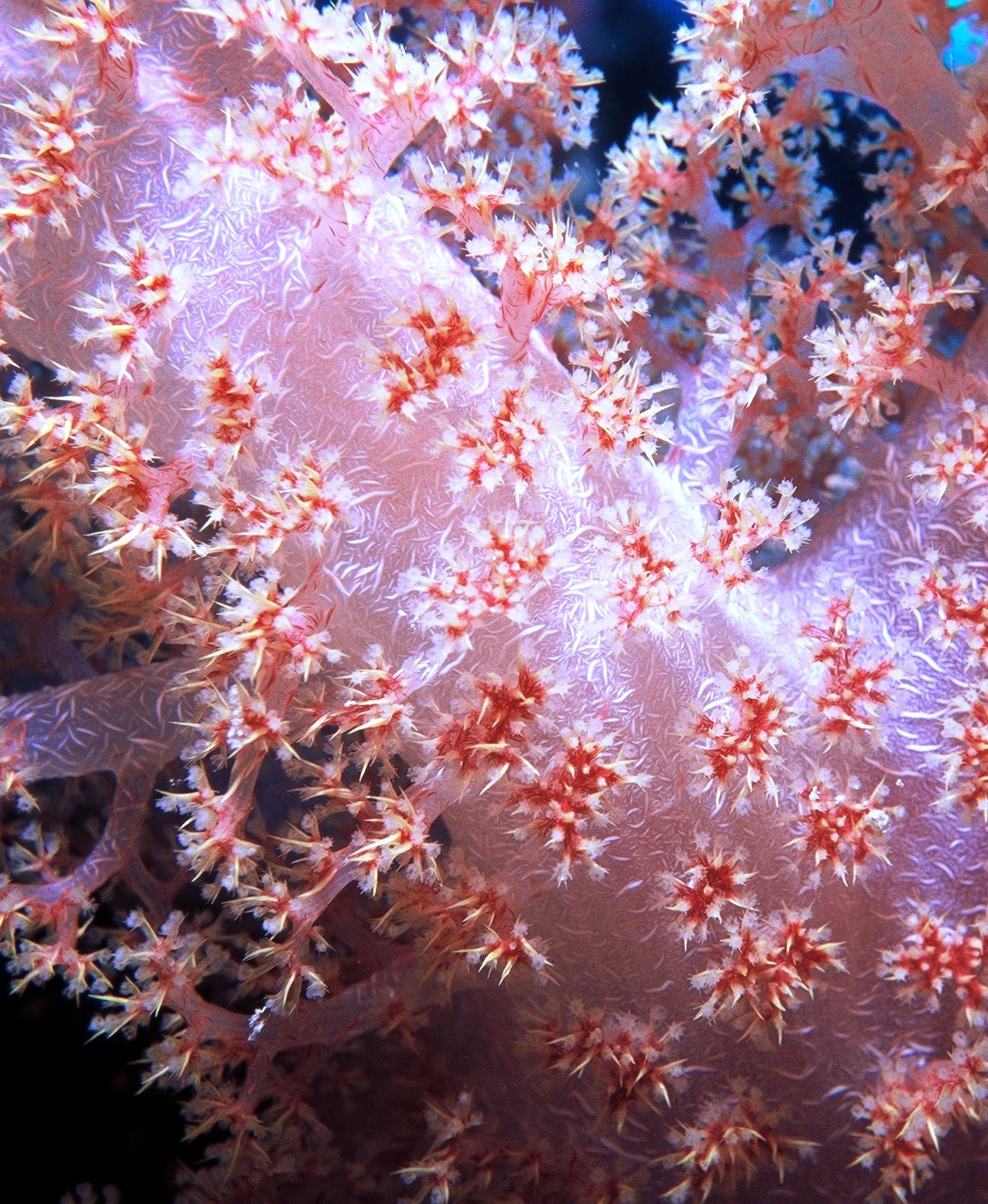A brief walkthrough of each component of the Field Guide to Growing Community Power.

How do we ensure emerging biotechnologies are not only scientifically sound, but socially viable and ethically deployed? This Field Guide offers a step-by-step toolkit for building the trust, alignment, and shared power necessary to move from lab breakthroughs to real-world impact.
Built from field research across multiple coastal regions, this guide supports scientists, organizers, and community leaders in navigating complex stakeholder landscapes—surfacing values, mapping relationships, and coordinating action.
Rather than a one-size-fits-all playbook, this is a modular system. Each component fits into a broader arc of engagement, but can be used independently depending on your needs.
.png)
Tool: AVI (Articulating Values & Interests)
This tool helps you identify the internal motivations and external priorities that drive different stakeholder organizations. Through structured exercises and interviews, you can uncover not only what groups say they care about—but how their values translate into action.
→ Use this tool to align partners around shared purpose or reveal tensions that need addressing.
Tool: Relational Mapping Demo
This interactive tool helps visualize the ecosystem of stakeholders involved in a conservation effort—from local NGOs and government bodies to international funders and biotech developers. It makes visible the flows of power, resources (money, time, goods), and social capital between actors.
→ Use this tool to see the landscape clearly, identify gaps or gatekeepers, and strategize your points of engagement.
Prototype Maps + Scenario Videos
These pages link to live examples of how the tools were used in three partner regions. Each includes a prototype map and a short video walking through a real deployment scenario.
→ Use this to see how values and relationships play out in specific contexts, and how mapping informed community action or research decisions.
Resources: Worksheets + Frameworks
This section adapts community organizing practices—especially from Marshall Ganz’s and Leading Change Network (LCN) methods—to fit conservation contexts. You'll find exercises for developing a Story of Place, writing a Statement of Shared Stewardship, and forming action-oriented coalitions.
→ Use this when you're ready to move from understanding to coordination, from insight to action.


